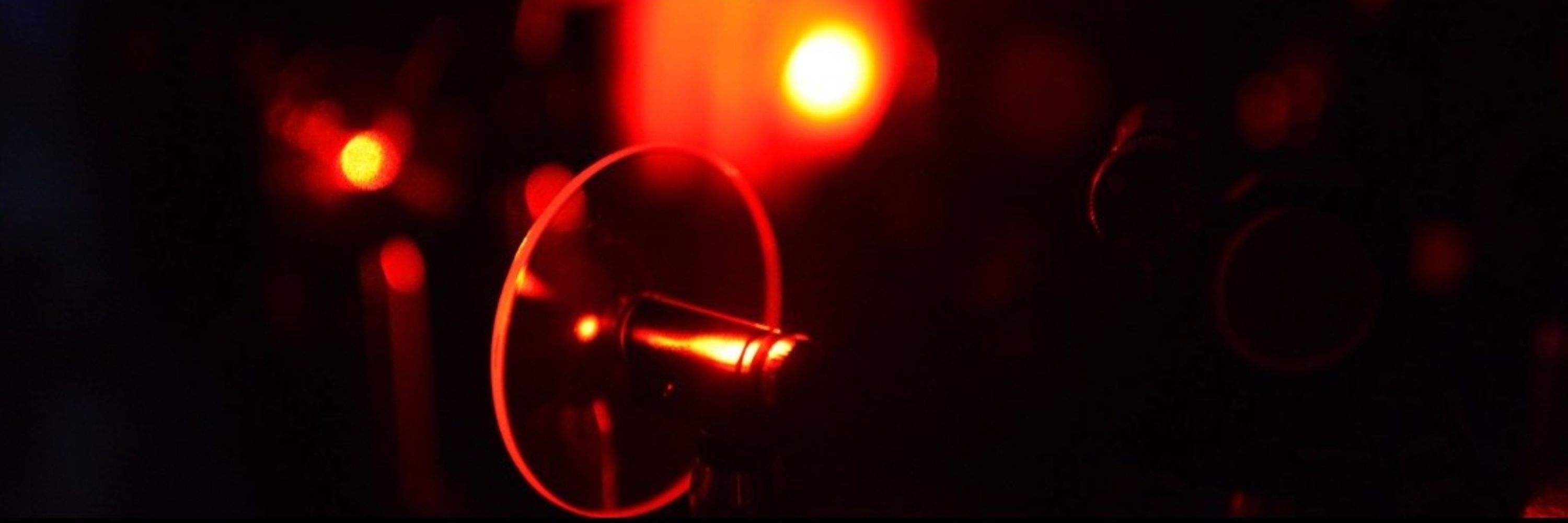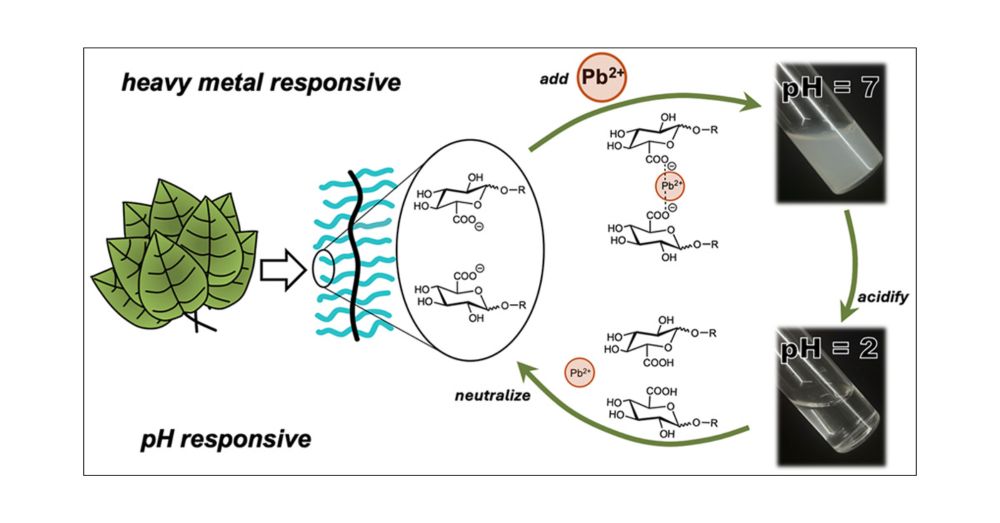
― Cecile Richards, Make Trouble: Standing Up, Speaking Out, and Finding the Courage to Lead
― Cecile Richards, Make Trouble: Standing Up, Speaking Out, and Finding the Courage to Lead




Cover story by John Hartwig & team. Substitution, Elimination, and Integration of Methyl Groups in Terpenes Initiated by C–H Bond Functionalization pubs.acs.org/doi/10.1021/...
@acspublications.bsky.social

Cover story by John Hartwig & team. Substitution, Elimination, and Integration of Methyl Groups in Terpenes Initiated by C–H Bond Functionalization pubs.acs.org/doi/10.1021/...
@acspublications.bsky.social
X-ray fluorescence studies help scientists and conservators re-create the original hues in this famous painting. cen.acs.org/analytical-c...
#chemsky

X-ray fluorescence studies help scientists and conservators re-create the original hues in this famous painting. cen.acs.org/analytical-c...
#chemsky
by Erin Stache and co-workers in ACS Central Science
#chemsky #ACSCentralScience
@acspublications.bsky.social
pubs.acs.org/doi/10.1021/...

by Erin Stache and co-workers in ACS Central Science
#chemsky #ACSCentralScience
@acspublications.bsky.social
pubs.acs.org/doi/10.1021/...
by John Hartwig and co-workers in ACS Central Science.
pubs.acs.org/doi/10.1021/...
@acspublications.bsky.social
#ChemSky #ACSCentralScience

by John Hartwig and co-workers in ACS Central Science.
pubs.acs.org/doi/10.1021/...
@acspublications.bsky.social
#ChemSky #ACSCentralScience

Chemsky 🧪
www.science.org/doi/10.1126/...

Chemsky 🧪
www.science.org/doi/10.1126/...


Molecularly Designed and Nanoconfined Polymer Electronic Materials for Skin-like Electronics
pubs.acs.org/doi/10.1021/...
#chemsky

Molecularly Designed and Nanoconfined Polymer Electronic Materials for Skin-like Electronics
pubs.acs.org/doi/10.1021/...
#chemsky

In it he invited readers to submit any stories of their own Eureka moments in the comments which would be fun to do here on #ChemSky as well!
@carolynbertozzi.bsky.social
In it he invited readers to submit any stories of their own Eureka moments in the comments which would be fun to do here on #ChemSky as well!
@carolynbertozzi.bsky.social
"Eureka Moments Shared by Chemists. Hints at Enhancing One’s Own Creativity (and Even One’s Joy)" by Jeffrey Seeman and Judy Wu
pubs.acs.org/doi/10.1021/...
#ChemSky

"Eureka Moments Shared by Chemists. Hints at Enhancing One’s Own Creativity (and Even One’s Joy)" by Jeffrey Seeman and Judy Wu
pubs.acs.org/doi/10.1021/...
#ChemSky
pubs.acs.org/doi/abs/10.1...

pubs.acs.org/doi/abs/10.1...
Check out "The Fight Against Frostbite Progresses" latest from @cenmag.bsky.social special for ACS Central Science.
❄️
pubs.acs.org/doi/10.1021/...
#ChemSky

Check out "The Fight Against Frostbite Progresses" latest from @cenmag.bsky.social special for ACS Central Science.
❄️
pubs.acs.org/doi/10.1021/...
#ChemSky
"Structural Gating Enhances Long-Distance Light-Driven Interfacial Electron Transfer"
Read it here: pubs.acs.org/doi/10.1021/...
#ChemSky

"Structural Gating Enhances Long-Distance Light-Driven Interfacial Electron Transfer"
Read it here: pubs.acs.org/doi/10.1021/...
#ChemSky
Christopher Wiebe's First Reaction to Paddison & Cliffes's work.
Read it here: pubs.acs.org/doi/10.1021/...
#ChemSky
Christopher Wiebe's First Reaction to Paddison & Cliffes's work.
Read it here: pubs.acs.org/doi/10.1021/...
#ChemSky

#ChemSky 🧪
#ChemSky 🧪

